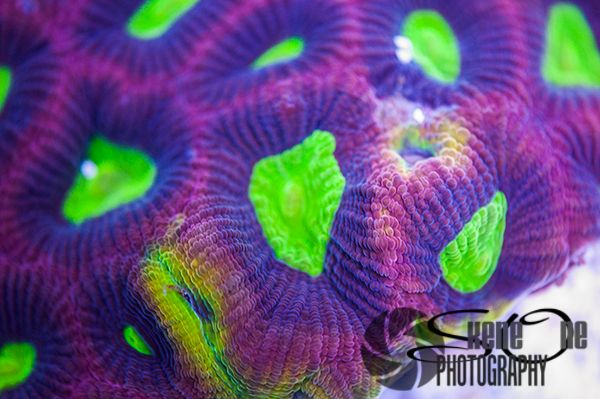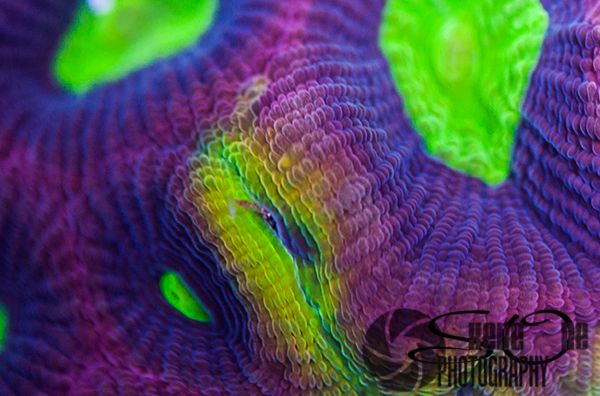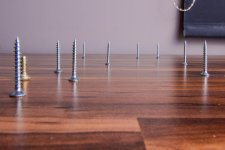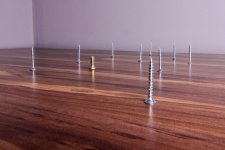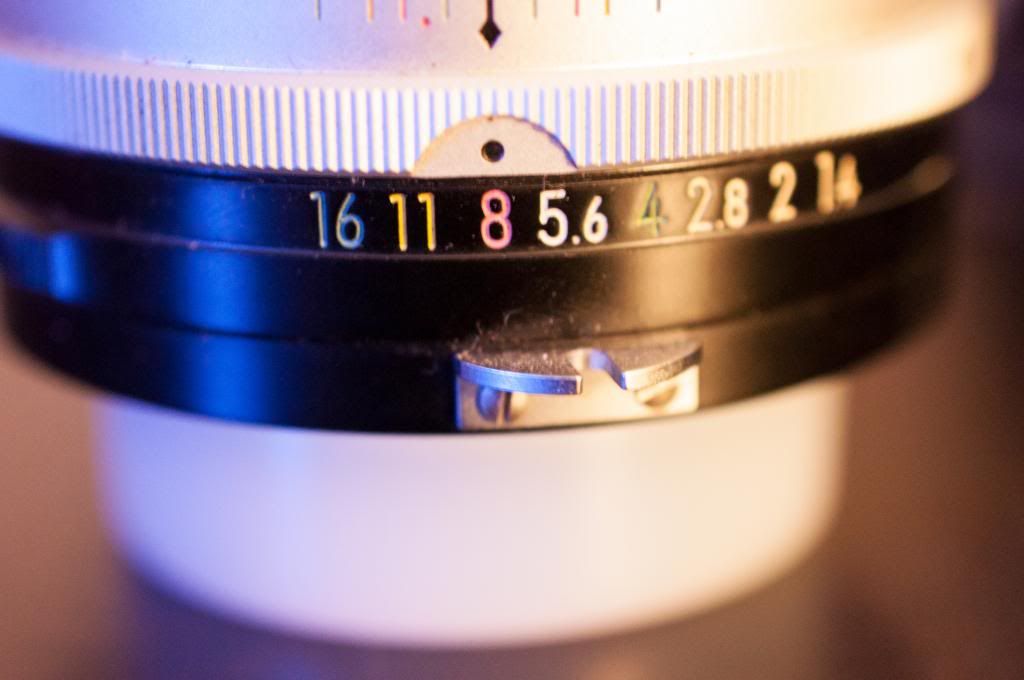chriselliottart
New member
Hi all, I have a quick question. I do a lot of work with miniatures - Lego minifig-scale models, to be exact. I own a Nikkor 18-105mm telephoto lens that does pretty well for itself, but unfortunately being a telephoto, flattens the depth between small objects and things behind them, somewhat killing the sense of scale. What I'm looking for is a lens that's capable of really pushing the sense of scale on a small object, and in order to do this, it must be: [A] short, so as to put the object as close to the image sensor as possible and Able to focus VERY close to the tip of the lens, preferably less than an inch away. I own a D7000 and I'm looking for a lens or lens/teleconverter combo that would be able to accomplish this. Does anyone have any suggestions for me? I would prefer a non-prime lens because it affords more options, but I get that the shorter lenses are often only primes.
(in case you're curious what I mean by I work with lego miniatures and want to push the sense of scale, here's a link: 2018 Ampera Edison | Flickr - Photo Sharing! )
(in case you're curious what I mean by I work with lego miniatures and want to push the sense of scale, here's a link: 2018 Ampera Edison | Flickr - Photo Sharing! )

